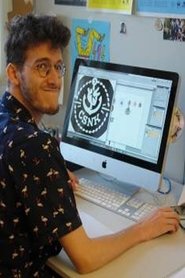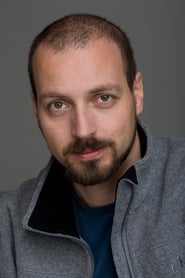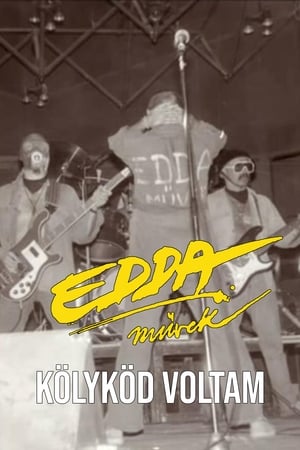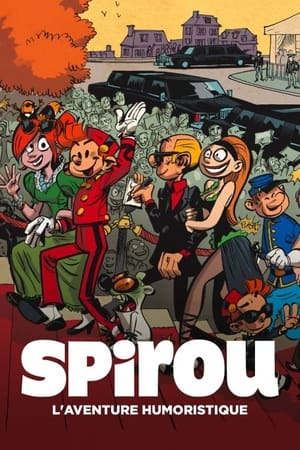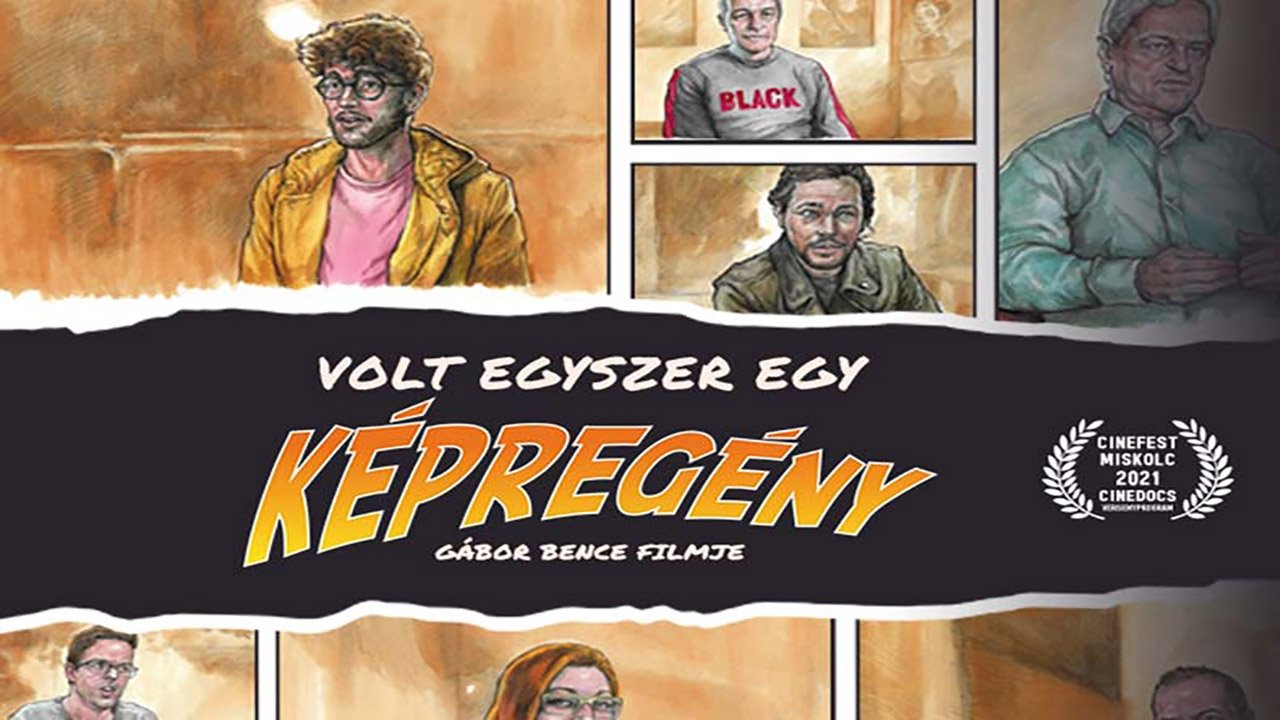
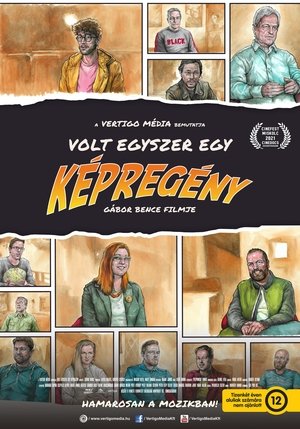
Once Upon a Time in Hungarian Comics(2021)
"Once Upon a Time in Hungarian Comics" provides a comprehensive picture of Hungarian comic culture, touching on the history of comics from the beginning to the present day, focusing on the development of Hungarian comics.
Movie: Once Upon a Time in Hungarian Comics
Top 7 Billed Cast

Volt egyszer egy képregény
HomePage
Overview
"Once Upon a Time in Hungarian Comics" provides a comprehensive picture of Hungarian comic culture, touching on the history of comics from the beginning to the present day, focusing on the development of Hungarian comics.
Release Date
2021-09-10
Average
0
Rating:
0.0 startsTagline
Genres
Languages:
MagyarKeywords
Similar Movies
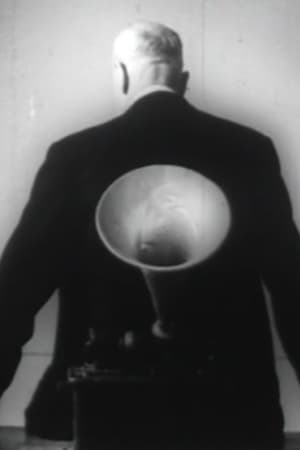 6.0
6.0Bela Bartók(en)
A portrait of the life and work of the great Hungarian composer Béla Bartók, exploring both his music and his passionate interest in his country's folklore.
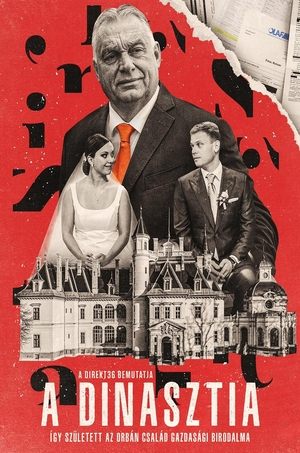 10.0
10.0The Dynasty(hu)
The Dynasty by the Direkt36 investigative center tells the story of the business dealings of the Prime Minister’s family over several decades. With hidden camera footage, it also shows the luxurious world built by Viktor Orbán’s son-in-law István Tiborcz and his daughter Ráhel Orbán.
tititá(hu)
Anti is an 18-year-old gypsy boy with a passion for playing the guitar. He lives in a gypsy slum in a remote corner of Hungary. By an unexpected opportunity he has a chance to break out now from his hopeless situation. He gets selected to the Snétberger Music Talent Center among sixty other young talents. He is mesmerized by the chance of a better life and hopes for a miracle. Although it turns out soon that he has a huge disadvantage compared to the others, even to the gypsy students. He can't read the music sheets and he is not used to regular practice. The sensitive and lovable boy's story is full of unexpected twists and turns. The viewer is carried with his honesty and special humor. Through Anti's story the feature-length documentary gives a glimpse into the work of the Snétberger Music Talent Center with great music and memorable moments from the life of the Talent Camp.
 0.0
0.0Hungary 2011(hu)
Anthology film made as an act of protest against Hungarian government of Viktor Orban.
East-West Passage(hu)
In the summer of 1989 tens of thousands of tourists from communist East Germany came to Hungary. They were deeply disillusioned because they felt they had no future in East Germany. There was no freedom, no choice in the shops, salaries were low and they could not travel except to Eastern Europe. They wanted to go to a prosperous and free West Germany but they could not get passports, so they hoped that by travelling through Hungary, the least suppressed country of the Soviet Block, they could cross the Iron Curtain into Austria and then travel on into West Germany. For them the Hungary of twenty years ago was the new east-west passage. Written by Czes
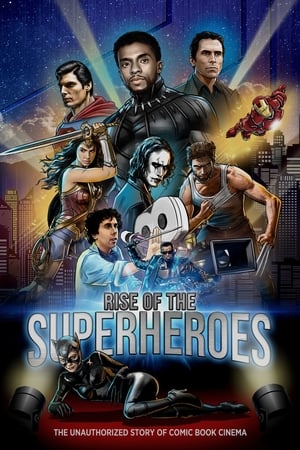 6.4
6.4Rise of the Superheroes(en)
This is the story of how superheroes from Tim Burton's prototype blockbuster Batman, Blade, X-Men, Spiderman to Iron Man and the Black Panther brought to life from the pages of comic books, first took over Hollywood and then conquered the world through action films with larger-than-life characters.
 10.0
10.0They Survived Together(en)
The Neiger family was living a peaceful life in the Jewish community in Krakow when the arrival of World War II changed their lives forever. When Nazi soldiers forced the family from their home into the harsh life of the Ghetto, they made a vow to escape as a family. But when circumstances forced the family to separate from older brother Ben, their will to survive was put to the test. They Survived Together" is the incredible, true story of one family as they desperately tried to stay alive... and together as a family with four small children, attempted to escape certain death at the hands of the Nazis. They are believed to be one of the only families to escape and survive as a family.
 0.0
0.0The Hungarian Playbook(hu)
A group of young journalists takes on the state propaganda.
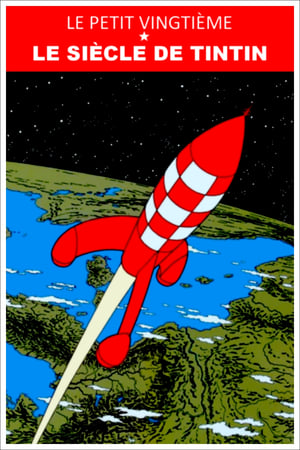 6.0
6.0Le Petit Vingtième : le siècle de Tintin(fr)
From the beginning, Hergé's work, Tintin's creator, was conditioned by the ideology of his publisher, the weekly child supplement of a Belgian Catholic newspaper. An exciting analysis of the political meaning of the adventures of Tintin.
 9.0
9.0Beyond the Forest: Hungarian Music in Transylvania(en)
The dance house movement, which (illegally) brought folk music from the minority Hungarian Gypsies and peasants of Transylvania - now part of Romania - to Budapest, and its effect on views of the value of traditional culture.
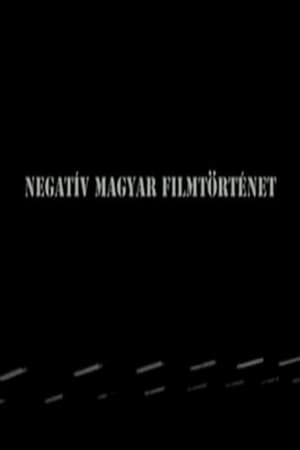 0.0
0.0Negative history of Hungarian cinema(hu)
Reconstructions of unrealized Hungarian films in cooperation with the greatest Hungarian film directors.
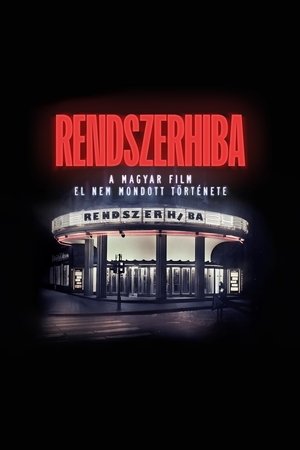 7.0
7.0Rendszerhiba - A magyar film el nem mondott története(hu)
Thirty years, three eras: they have been trying to save the Hungarian film industry again and again over the decades. Among these attempts were highs, lows, countless deals and compromises. And now some say that we are living in the saddest period of Hungarian filmmaking.
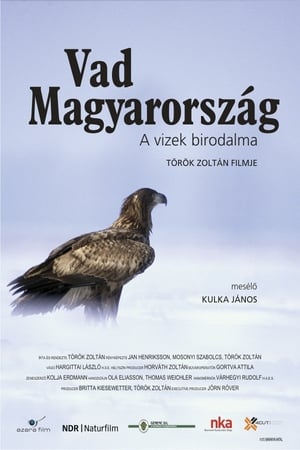 10.0
10.0Wild Hungary – A Water Wonderland(hu)
The recurring protagonists of the movie is an osprey family and a young otter. Through their story, the animals living in the wetlands of the Carpathian Basin and their rarely seen behaviour are presented. Deers, Hungarian grey cattle, asps, catfish, bee-eaters, hooded crows appear in the movie, as well as places like the backwaters of the Tisza River, the Danube and its tributaries, the Hortobágy, the Balaton and the Gemenc Forest. The movie presents one year of the animals living the wetlands and floodplain forests, from winter to next summer. A nature documentary about the lands, fauna and nature-related traditions of Hungary.
 8.1
8.1Queen: Hungarian Rhapsody - Live in Budapest '86(en)
On 27th July 1986, British stadium rock band Queen broke new ground by playing for the first time in Hungary, a country which was still under a communist dictatorship behind the Iron Curtain.
 0.0
0.0Before Our Eyes(sv)
One inside, one outside. One thin line that creates “us” and “them”. The importance of the borders has again a huge impact in Europe. Yesterday it was all about free movement. Today it´s about controled borders. And walls and fences have become normality. “Before our eyes” is a testimony that shows a situation where Hungary, and indirectly Europe closes itself to the outside world. The film portrays four places, four events, which was filmed over three days in early September 2015, when the worst refugee crisis we have seen since the Second World War started in earnest. “My Europe does not build walls!” said Stefan Löfven, the swedish prime minister, in a speech a few days later. Before our eyes shows how words and actions are no longer connected. Today, Spain, Greece, Bulgaria, the UK, Hungary, Slovenia and Austria have built fences and walls to strengthen theirs and Europe’s external borders.
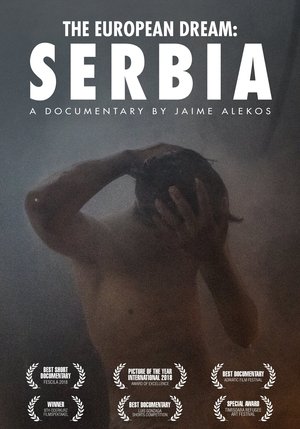 6.0
6.0The European Dream: Serbia(es)
“The European Dream: Serbia” is an investigative documentary by journalist Jaime Alekos about the tortures of Hungarian police to the refugees and migrants they catch trying to cross their border and the harsh living conditions in which they survive in Serbia awaiting an opportunity to enter the EU.
